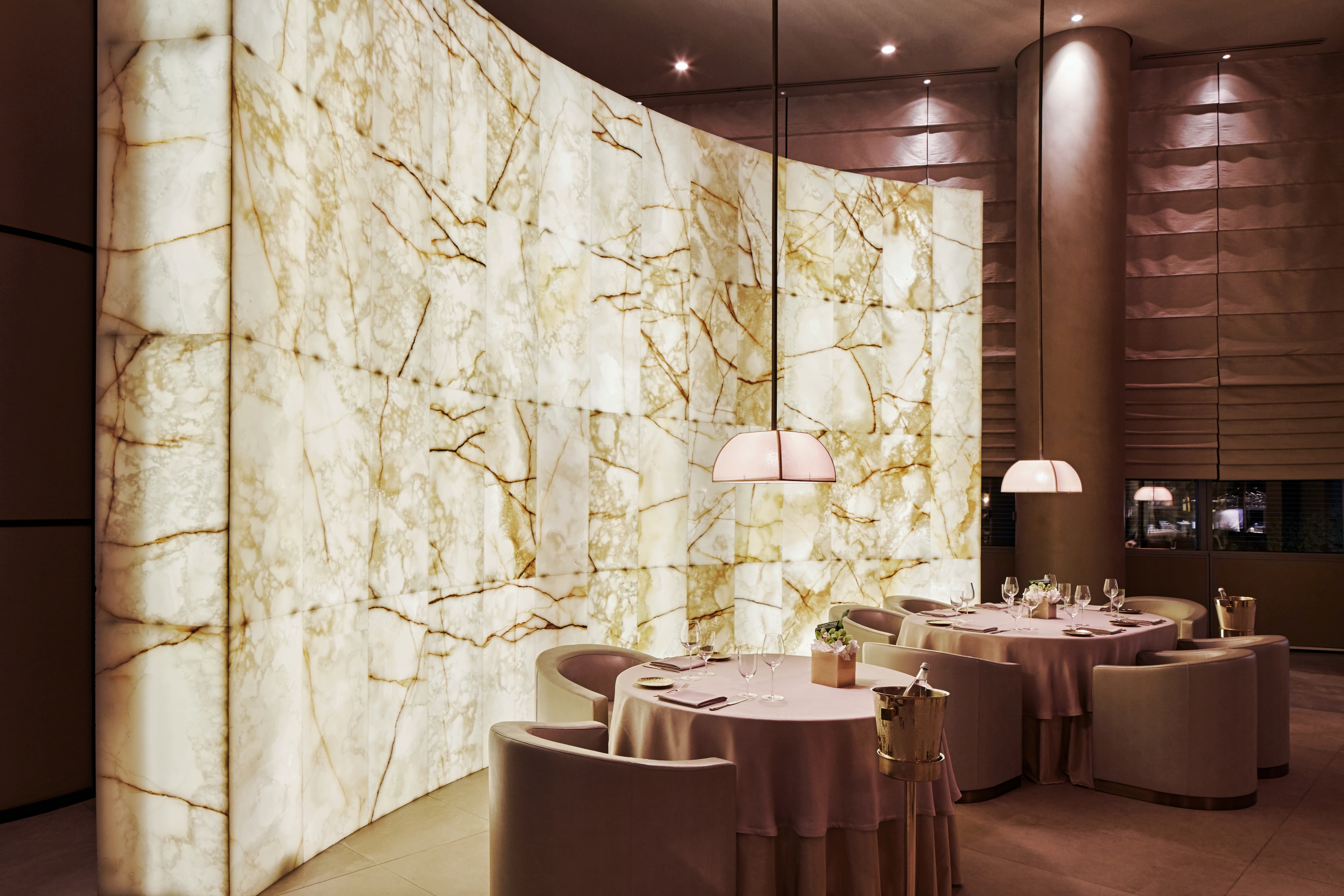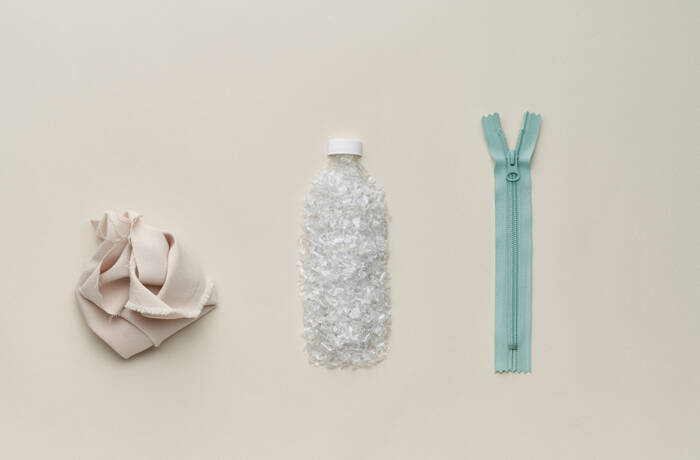Luxury is entering a new phase of uncharted territory as China matures, but at the heart of the consumer world, increasing income inequality will assume luxury brands still thrive, says our columnist Luca Solca

Luca Solca: head of luxury goods at Exane BNP Paribas
China is no longer a market of very rich early adopters. Now, the most interesting part of the market is middle-class consumers. Discretionary spend per head is smaller than it was 10 or 15 years ago, and these consumers will benefit from price transparency levels which were unimaginable just a few years ago, because of digital luxury becoming mainstream.
The other obvious factor for any luxury brand in China is that gifting has completely gone away ever since the new leadership came on board, and this has demanded a fundamental readjustment by brands. Meanwhile, the early adopters first moved on to products and brands that were perceived to be more exclusive, to differentiate themselves, and then moved on to different product categories altogether. If we look at what the rich Chinese have done in recent years, we can see that they have bought a lot of property abroad, have spent money to send their children to schools overseas and to have very expensive individual holidays and medical checkups abroad.
Read next: Inside Knightsbridge’s newest luxury residence
For the luxury brands, the best customers are the ones that have lots of money and empty wardrobes; then, as they spend their money on luxury goods and fill their wardrobes, they get to the point where they only buy replacements when needed. There are only so many Italian suits, so many Swiss watches, and so many branded handbags that you need. The rich early adopter Chinese went through that accumulation phase, and now are in a replacement mode, like many rich consumers in the west. In replacement mode, your wardrobes are full and you buy with significantly lower spend per capita in comparison to the past. Five years ago, the rich Chinese spent five to ten times more per capita than corresponding consumers in the US or Japan. As we move forwards and as the accumulation phase is finished, we find that spend per capita tends to converge in all these markets.

The bar at the Rivea restaurant in the Bulgari hotel, Knightsbridge in London
There is an element of luxury spending now being more on experiences like travel and food. Also, there are different product categories: there are products that are more immediate and easier to buy, like a watch or a handbag, for example, and there are products that are more complex to buy because they require you to develop your own taste, like fashion. With clothing you need to mix and match different pieces, to develop some kind of personal taste. Then there are products that need you to own other significant products already: if you buy certain types of furniture and lighting, you will have a significant home already, so you will have already been down the learning curve. Taking Fendi in China as an example, they communicated that they were a relevant brand in furniture, and they are solidly among the top three brands in China, while in the West, they are nowhere near as relevant.
Read next: Horses, riders and geese at Saut Hermes
And then at that stage, you shift your spend towards experiences which include travel, spending time with family and friends, good food and good wine.
Luxury typically develops via nationality. The 1980s was the decade of the Japanese, when they represented between 40 and 50 per cent of the global luxury market. The 1990s was the decade of the Russians. Twelve years ago, the Chinese were accounting for two or three per cent of the global luxury market, last year they accounted for close to a third. What is happening with China is not so different from what happened in the past, and for luxury brands, the growth formula of adding more stores in China and increasing prices because you have queues in front of your stores is no longer working.

The restaurant at the Armani Hotel in Dubai
There is another element at play in the luxury world, and that is the continuing increase in income inequality. If we go back 40 or 50 years or so to the 1960s and 1970s, we find what triggered the very significant development of the luxury industry in the United States was income inequality. This is the industry’s best friend, because you have a group of people in society significantly richer than the rest of the population. If you have the same level of wealth across a nation, luxury goods are not very relevant because there a very significant function these products play is conveying your status. First of all you need the money to seek satisfaction for relatively sophisticated needs: the need for beauty and refinement. But you also find these products attractive because of what they say about you, and who you are.
Read next: Real luxury strives for more, says Vilebrequin CEO Roland Herlory
When we look back in history, income inequality peaked in 1929, it then went down and reached the bottom of a trough in the early 1970s, and then rose and went roughly back to where it was in 1929, by 2008. And as long as we have interest rates at approximately zero worldwide, inequality will continue to increase because asset prices will go up. So while we may have reached the peak of the Chinese wave, I do not see a return to a situation where luxury brands are irrelevant as they were in the 1960s. If you strip out China, luxury growth over the last decade has been around two per cent, and now we have other nationalities in Asia coming on board, and the potential of India. At the moment, though, they are totally irrelevant: Indian luxury spend is worth less than one per cent of global luxury spend.

Bag by Fendi from the AW16 women’s collection
There is a debate within luxury about broadening the scope of your brand to get more consumers closer to it: the Bulgari diversification into hotels is an interesting one, the properties are very good and this is a positive for the brand. But this is not core: such diversification is more of a nice-to-have than really relevant. You can’t address the key issues at the heart of developing a brand via such diversification. Brands are most relevant and most desirable closest to their core, and the further you go from the core, the less relevant and less desirable they become.
Luca Solca is head of luxury goods at Exane BNP Paribas and one of the world’s most respected luxury analysts








